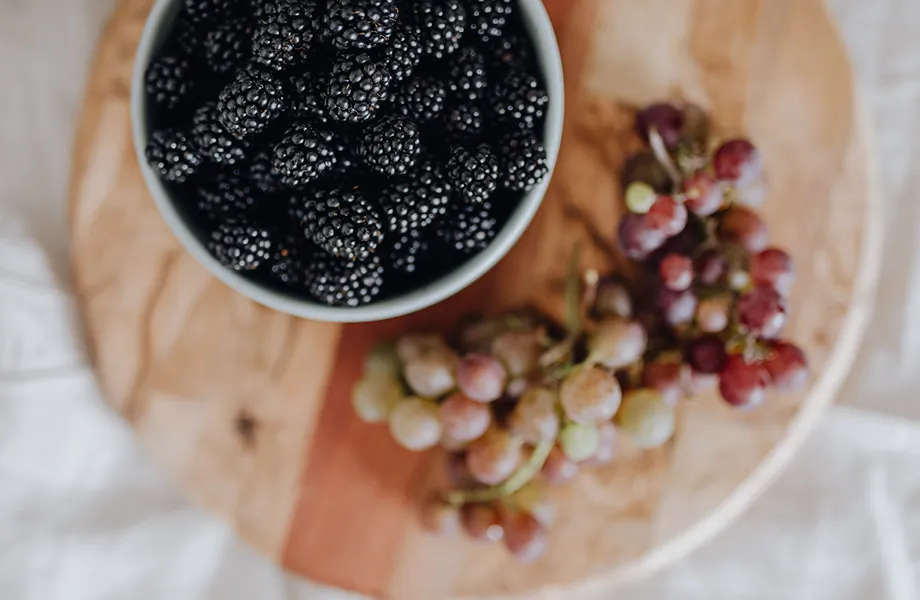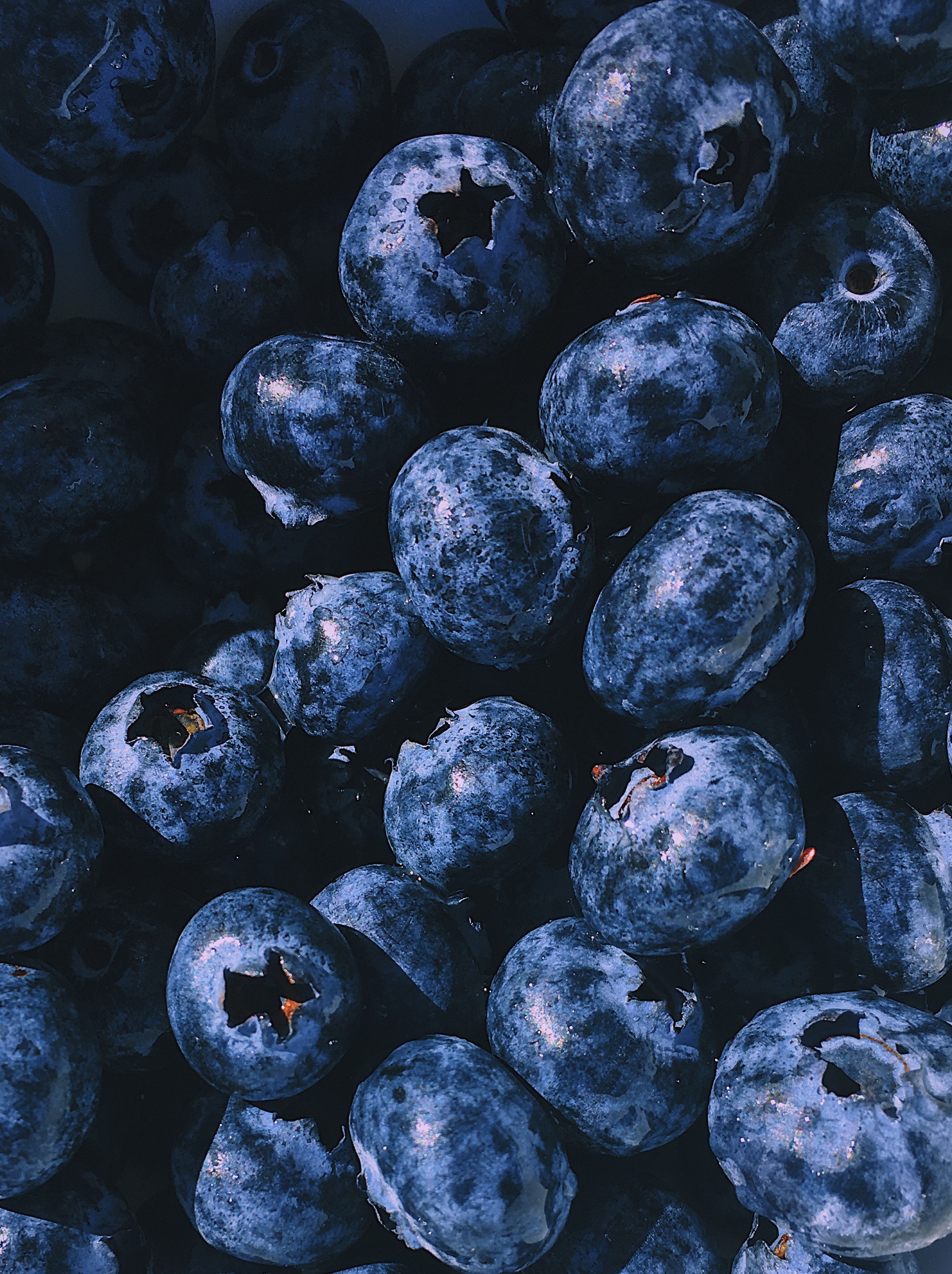The international berry industry recently gathered at the Global Berry Congress. For the first time since the event was organized, the sentiment of participants was mixed and not only very optimistic
Inflationary pressures for growers and distributors are not expected to end anytime soon. In addition, consumer demand is likely to be affected by inflation. These challenges are pushing the berry industry to make the necessary changes to future-proof the industry by focusing on quality rather than quantity.
A MARKET, THAT OF BERRIES, THAT CONTINUES TO GROW
During previous editions of the Global Berry Congress, discussions focused mainly on the explosion of the berry market. But if in the past decade the question was how supply could keep up with demand, now the question is how to make demand keep up with supply. The supply of fresh berries on the global market grew again in 2022.
Exports of blueberries, in particular, show a steady increase that will continue in the coming years, thanks to expanding production in countries such as Peru, Mexico and Morocco. Global production and exports of raspberries and blackberries are less steady, but still show no signs of stabilizing. The slightly more mature strawberry market has been more stable and is expected to remain so in the coming years.

SOME CONCERNS ABOUT DEMAND
The general concern we perceived among conference participants was that demand for fresh berries will decrease in the coming year. Consumers around the world have begun to tighten their purse strings because disposable income is strongly affected by the inflationary environment, particularly in Europe. Based on historical experience and recent consumer surveys, we expect consumers to begin to reduce prices. The first signs of consumers' search for value are already visible. Discounters are gaining market share in a number of countries, and overall purchases of fresh food, including fresh fruit, declined in 2022.
But it is still difficult to estimate what the impact on berries will be in the coming year. During the global financial and economic crisis of 2008-2009, berries were still a niche category, and their rapid growth began only a few years later. What we do know is that income clearly influences fresh berry purchases. Therefore, much of berry purchases will not be greatly impacted because the disposable income of wealthier consumers who tend to buy berries is relatively less affected.
We also know that berry purchases are quite responsive to price changes. As a result, other more inelastic types of fruit may be more advantaged. In the first half of 2022, strawberries were among the best performing fresh fruit categories in terms of sales volume in both the Netherlands and Germany. This was mainly due to relatively low price levels in 2022.
At the same time, retail sales of apples declined despite lower price levels compared to the previous year. This may indicate that price is not the only deciding factor for buyers, but that other factors such as convenience, perceived health benefits, and flavor are also important. We expect that these factors will continue to drive the berry market in the long run, even beyond the current cost-of-living crisis.
THE CHANGES PROJECTED FOR 2023
The current situation, however challenging, can also be considered a timely wake-up call for the berry sector. The weakening market will cause the berry sector to shift from a "focus on more" to a "focus on more with less" and finally to a "focus on producing better with less." This means that there will be a shift from higher volume production, with a corresponding higher input use, to better quality production with fewer resources and less environmental impact.
At the Global Berry Congress, several participants showed examples of how they are already changing their businesses for the better. Growers around the world think twice before expanding their acreage and often prefer to replace old varieties with new, higher-quality varieties. These new varieties may improve labor productivity or the consumer experience, for example.
In addition, several South American berry producers have started production in Europe, closer to consumers, often improving freshness and reducing transportation costs and climate impact. Supermarkets in Europe and the United States are introducing premium berry lines with a premium (consistent) taste experience. Larger packages are being introduced to reduce the use of plastic. Progress is also being made in developing harvest automation solutions. And increasingly, companies are choosing to use detailed farm-to-fork chains to reduce food waste, exclude low-quality suppliers, and better match supply and demand.
Source: Rabobank









